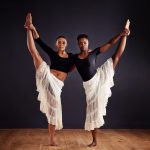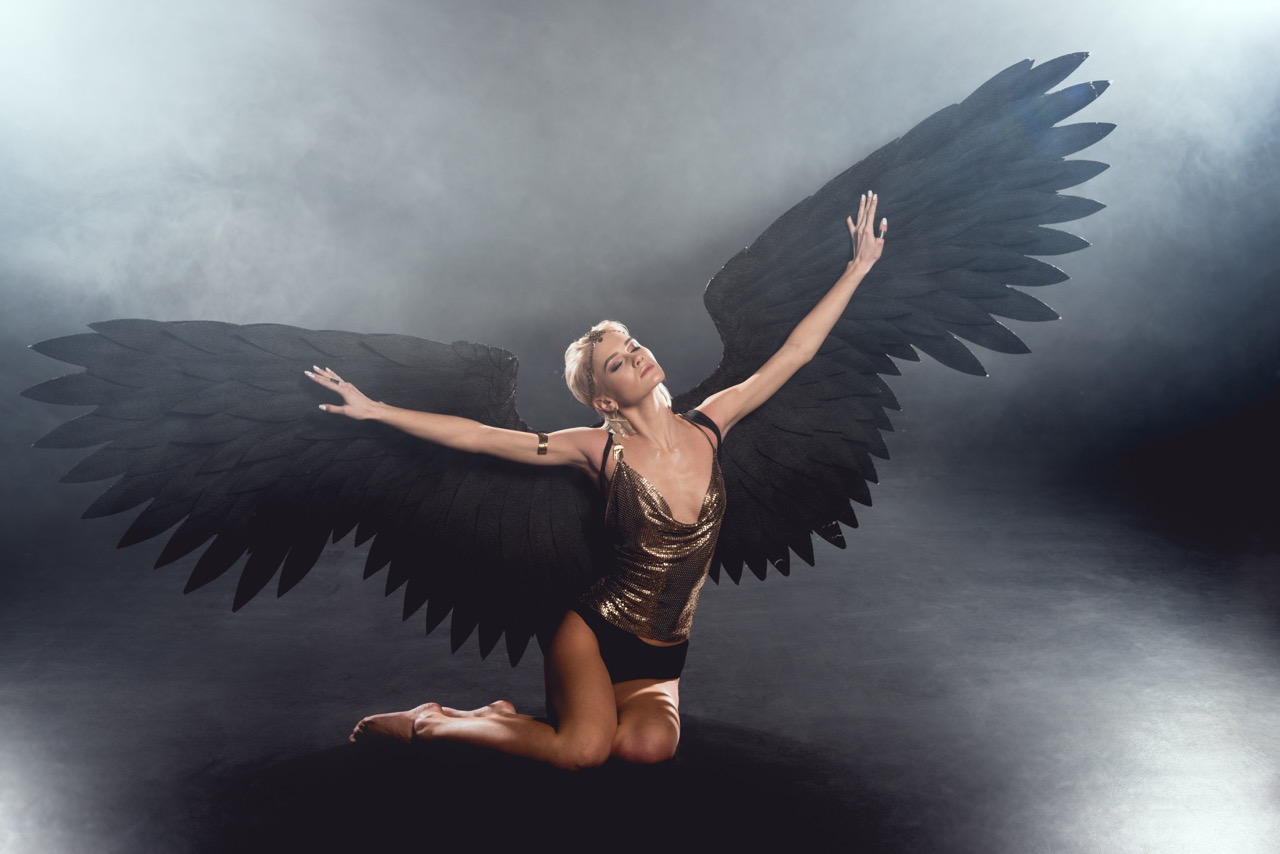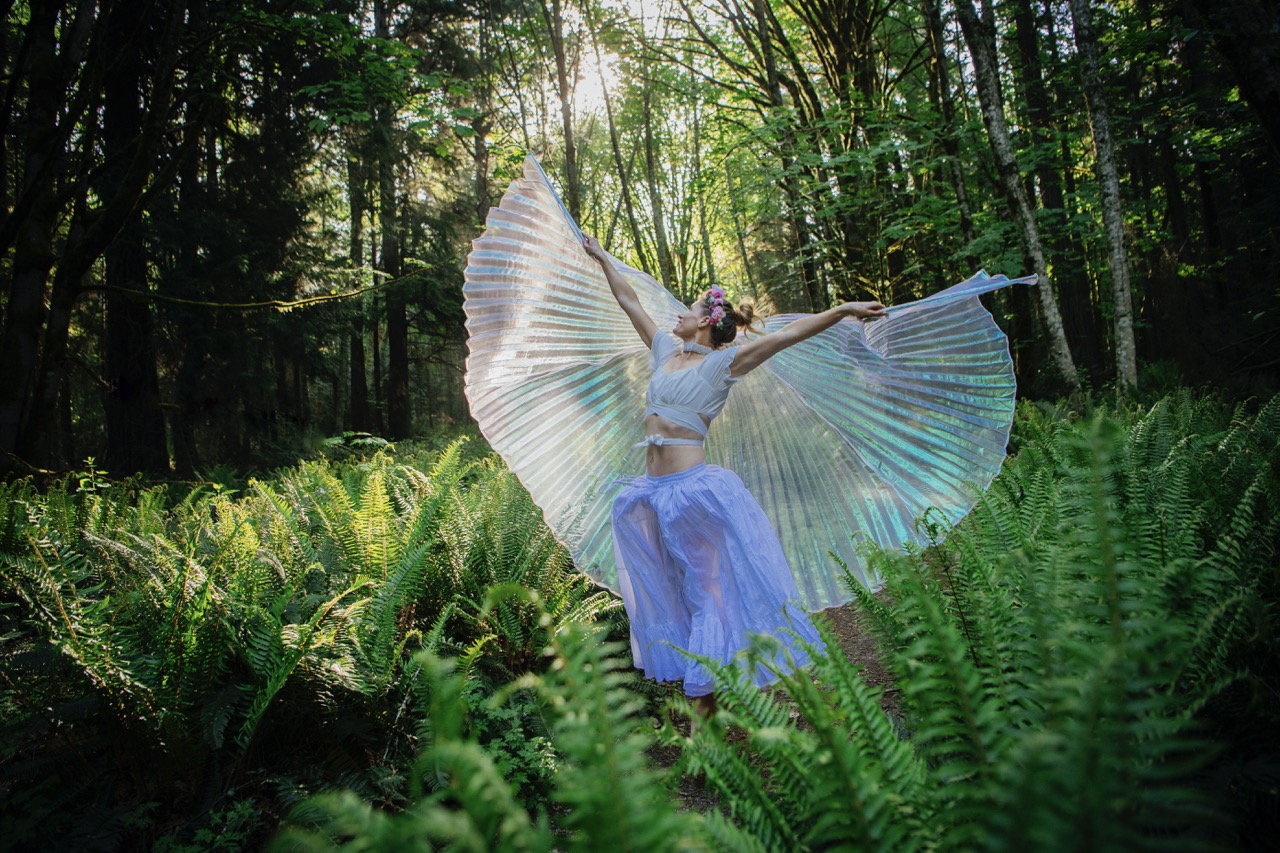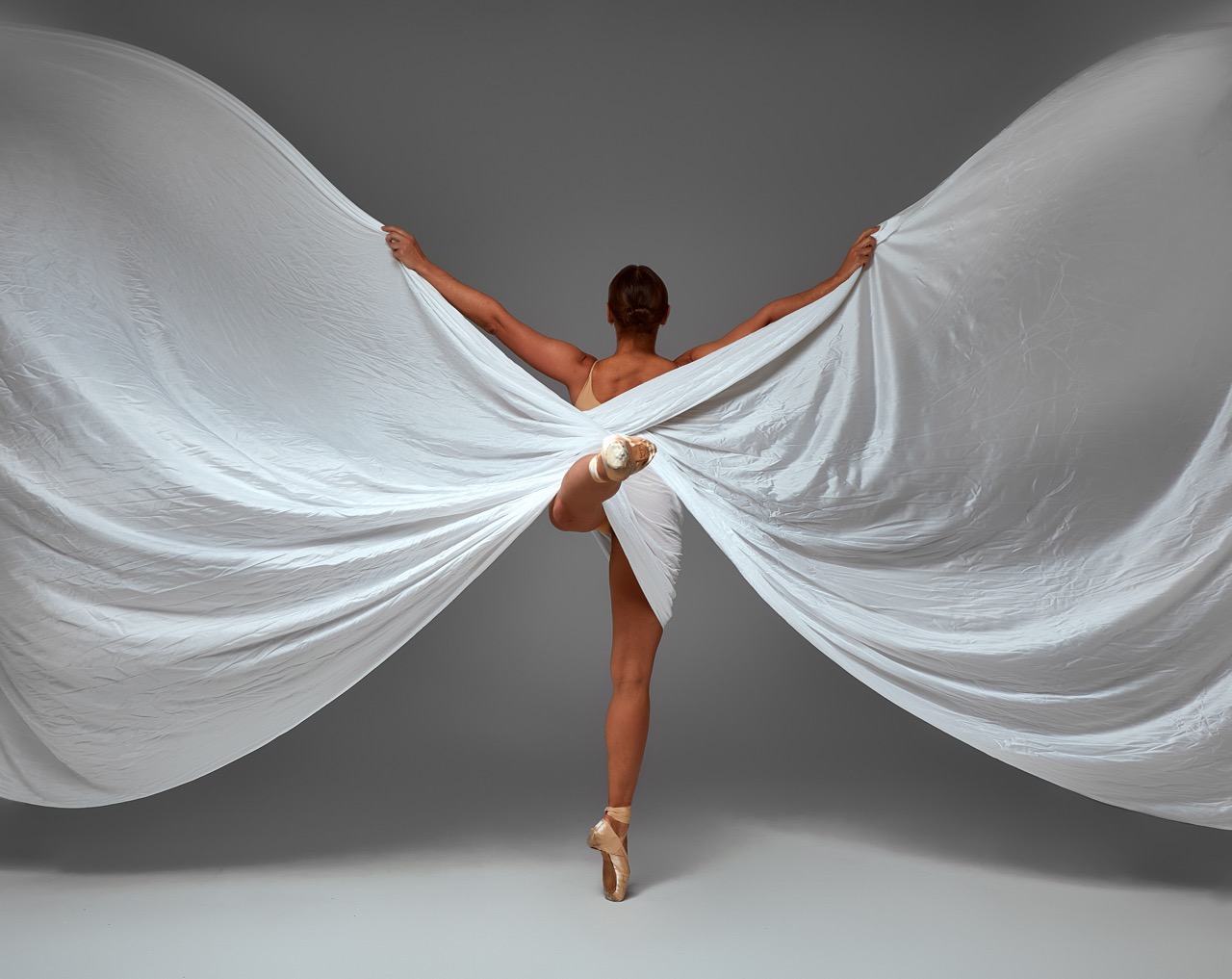Dance is often described as a universal language, one that transcends barriers, cultures, and generations. Within the heart of many families, dance serves as a dynamic thread that binds members together, fostering bonds that can last a lifetime. Whether it’s a lively wedding celebration, a casual living room gathering, or a structured dance class, the act of moving in sync can bridge the gap between ages, creating shared memories and strengthening the familial fabric. This article explores how dance acts as a powerful bonding tool across generations, the ways it transcends age barriers, and the various dance styles that bring families together.
The Timeless Rhythm: Dance as a Family Bonding Tool
Dance has long been a cherished form of expression that evokes emotions, tells stories, and creates connections. For families, participating in dance can create an atmosphere of joy and warmth, making it an ideal activity for bonding. A simple family dance party in the living room can be an opportunity for laughter and play, where children and adults alike engage in movement, experiencing pure happiness and togetherness. These moments can serve as cherished memories that family members carry with them throughout their lives.
Moreover, dance encourages communication, both verbal and non-verbal. As families learn new steps together or attempt choreographed routines, they engage in a form of dialogue that transcends words. This shared experience can lead to a greater understanding of one another, strengthening emotional ties. The rhythm and synchronization required in dance can mirror the dynamics of family life, teaching members the importance of cooperation and support.
Through organized dance classes or community dance events, families can also find structured environments to explore their passion for movement. These shared experiences not only encourage quality time together but also introduce family members to diverse styles and cultures, enriching their appreciation for the arts. In the end, dance becomes more than just an activity; it transforms into a cherished ritual that reinforces family unity.
Generational Grooves: How Dance Transcends Age Barriers
One of the most beautiful aspects of dance is its ability to transcend age barriers. Unlike many activities that may be limited by physical capabilities or interests, dance is adaptable and inclusive, allowing everyone to participate in their own way. From toddlers taking their first steps to grandparents showcasing their classic moves, dance invites all generations to join in the fun. This inclusivity fosters a sense of belonging, making each family member feel valued and connected.
As families engage in dance, they often find themselves sharing their unique experiences and perspectives. Older generations may share the dances they grew up with, imparting stories and cultural significance, while younger family members introduce contemporary styles that reflect the current zeitgeist. This exchange of knowledge not only enriches the family’s dance repertoire but also strengthens intergenerational relationships. By learning from one another, family members create a tapestry of shared traditions that endure over time.
Dance also serves as a vehicle for empathy and understanding between generations. Participating in the same activity allows family members to step into each other’s shoes, leading to greater appreciation for diverse backgrounds and experiences. As they navigate new dance styles together, family members gain insights into each other’s lives, ultimately fostering compassion and respect. In this way, dance transforms into a bridge that connects generations, allowing them to appreciate their differences while celebrating their shared love for movement.
Family Unity Through Movement: Sharing Steps and Stories
The act of dancing together provides a unique opportunity for families to share not only steps but also stories. Each movement can encapsulate personal experiences, cultural heritage, and familial history, creating a narrative that is uniquely theirs. As family members dance, they often reminisce about shared experiences, recalling the moments that have shaped them as individuals and as a unit. This storytelling through movement deepens their connection, transforming each dance session into a celebration of their collective journey.
Dance can also serve as a means of teaching values and life lessons. Through movement, families can explore concepts such as teamwork, patience, and resilience. For instance, learning a new dance routine requires practice, collaboration, and determination, qualities that are essential in family life. By navigating these challenges together on the dance floor, family members become more equipped to face life’s difficulties, emerging stronger and more unified.
Additionally, the memories created through dance can serve as a rich source of nostalgia. Families may find themselves revisiting the same songs or styles over the years, each time evoking fond memories of past gatherings. These shared experiences become touchstones in family lore, passed down from generation to generation. Dance, therefore, is not just a physical activity but a way of shaping family identity, fostering a sense of belonging and continuity that enhances familial bonds.
From Waltz to Hip-Hop: Dance Styles That Unite Us All
The world of dance is vast and varied, with styles ranging from the graceful waltz to the energetic hip-hop. Each genre offers families a chance to explore different rhythms, techniques, and cultural expressions. While traditional ballroom dances celebrate elegance and poise, contemporary styles like hip-hop encourage creativity and individuality. Families can choose the dance style that resonates with them, allowing for personal expression while still fostering a sense of togetherness.
Moreover, the diversity of dance styles allows families to embrace their unique heritage while also exploring new cultural influences. For instance, families with a strong cultural background may find joy in traditional dances that reflect their ancestry, while also enjoying modern styles that encourage self-expression. This blend of old and new not only keeps the family’s cultural heritage alive but also cultivates an environment of exploration and acceptance.
Dance also provides a platform for collaboration, where family members can create their own routines or mash-ups that reflect their collective personality. This creative process fosters teamwork and encourages family members to contribute their unique skills and insights. A family dance routine can become a testament to their unity, showcasing their strengths and individuality in a fun and engaging manner. Ultimately, the wide array of dance styles available ensures that there is something for every family, enabling them to foster connections while celebrating their differences.
In conclusion, dance serves as a timeless and cherished medium through which families can strengthen their bonds across generations. The rhythmic movements, the shared stories, and the diversity of dance styles create opportunities for connection, understanding, and unity. By engaging in dance together, families cultivate an environment of joy, resilience, and appreciation for one another. As we continue to dance through life, may we find solace in the steps we share, knowing that each movement brings us closer together, transcending the barriers of time and age.









